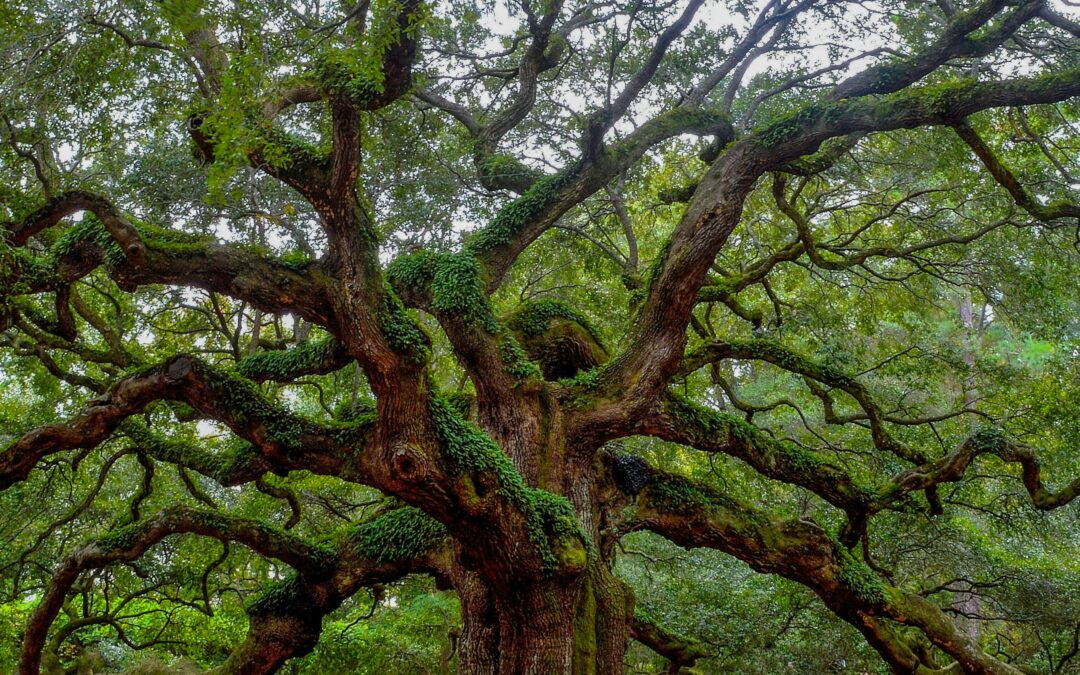This post explores: How the building industry must balance the adoption of new technologies with preserving the unique qualities of collaboration, creativity, and tangible accomplishment that foster personal growth, community, and self-worth among its workforce, ensuring that innovation enriches rather than diminishes the human experience.
What Makes a Building Valuable?
At first glance, this question may seem straightforward. You can express value in financial terms. In this case, by applying a cap rate to the net revenue to calculate the expected rate of return However, once you step back from pure financial analysis, the question quickly becomes murky because value is more than just money.
As the building process evolves and new products hit the market in greater numbers, and clients increasingly demand benefits beyond the bottom line—such as environmental considerations—the ability to understand value in a more robust sense—a sense of value that goes beyond mere dollars and cents—will enable businesses to successfully navigate the future of building.
Other Sources of Value
What makes not only a building, but any “object” valuable?
To begin to answer this question in a non-monetary way, let’s take a natural “object” that everyone (or almost everyone) considers valuable: a 100-year old oak tree. I would suggest that there are at least five core components to the source of the oak tree’s value.
- Beauty:
- The form of the oak tree is perceived as beautiful by the human eye.
- Utility:
- Trees contribute to the health of our natural environment in many ways, cleaning the air we breathe and supporting our ecology. They are also natural sources of lumber and other useful raw materials.
- History:
- Endurance over time and connection to the distant past create a meaningful relationship between the observer and the object.
- Uniqueness and Complexity:
- Currently, the barrier to entry for creating a 100-year old oak tree is relatively high— Nature + 100 years + favorable environmental conditions for growth. If a technology evolves capable of easily mass producing “real” 100-year old oak trees, then the perceived value of these trees would be diminished.
- Future Vision:
- To the viewer, the tree portends a positive vision for the future
Each of these components combine to make the oak tree valuable to human beings.
How do you Calculate Value
Now, how does this definition of intrinsic value of a natural Oak Tree translate into people made buildings? The need for high quality, high value building is definitely growing in the marketplace.
Increasingly, clients/consumers, in particular the rising generation of millennials, are demanding that buildings express non-monetary forms of value, such as aesthetic appeal, spatial and energy efficiency and sustainability, multi-functionality and ethical production practices. None of these individual attributes are new concepts, what is new, is that these types of characteristics of quality and value are important drivers of real estate that the market will invest in.
I think that the question of value is a critical question to ask. It will inform many of the changes many of us are anticipating in the building process itself and the nature of future building products. Stay tuned for much more on this topic!!……………….
